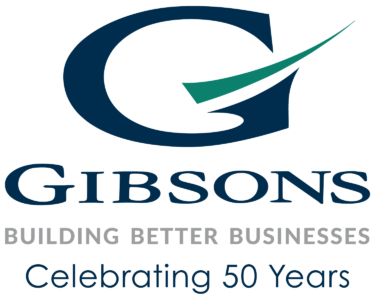We wish you a Merry Christmas…
…and a Happy New Year.
As 2023 starts to draw to a close, we would like to extend our seasons’ greetings. We hope you get to enjoy some relaxation and fun during the festive time. To all our clients, present and former, it has as always, been our privilege to support your businesses to reach and extend their potential. Our intention is always to work collaboratively with you to meet the goals and objectives for your specific business. We look forward to continuing our work with you in 2024. If you have not engaged our services this year, please know that the door is always open if you are keen to reinvigorate your business performance, as we enter 2024. We can be contacted at https://gibsons.com.au/contact/.
The Gibsons team.
Our services
As consultants each with a career lifetime of industry experience, there’s little we haven’t seen and little we haven’t dealt with in business. Each Gibsons business consultant, in addition to their personal area of career specialisation, has extensive, hands-on practical experience meeting challenges with solutions in a wide variety of scenarios, industry sectors and business model types. We are not theorists. We bring advice and assistance that has been “road tested” and known to deliver productivity increases, improved sales, and increased profitability in a business just like your own. We have a keen eye for the issues and opportunities that need actioning, and we’re here to help you build a stronger business right across the functions of people, marketing, processes and profit.
Let us take the following tasks off your list:
- Strategic analysis and business plans.
- Becoming an Employer of Choice
- Marketing and sales plans.
- Brand development and promotion.
- Business process modelling.
- Improving systems and workflows.
- Optimising organisational structure.
- Pinpointing skills gaps and implementing training.
- Reviewing financial performance.
- Profitability improvement programs.
- Managing organisational change.
- Mentoring to develop executive leadership.
- Business process modelling.
- Mergers and acquisitions.
- Technology strategy and implementation.
Our business pillars
Map out a better business with Gibsons. The first step on the road to success for any business is a strategic analysis. Our analysis reviews your current position, develops a vision for the future, and evaluates the strategy options available to take your business from where it is now to where you want it to be.
Once we’ve determined the best strategy, we’re able to develop a strategic business plan with you. This plan provides the detail needed across those key business pillars we always come back to – People, Marketing, Process and Profit.
People – Empower the agents of your success. Many people say their people are their most important resource, but do they act that way? Gibsons Business Consulting offers a range of people management services and capabilities to help you build a team that will drive your business forward.
Marketing – build a market-focused operation. Gibsons offers expert, tailored solutions beyond the scope of most marketing agencies because we approach marketing through the business-strategic lens. Whilst Gibsons excels at coordinating the tactical marketing activities involved in marketing promotion, we’re well known for strategic marketing which is the foundation that effective advertising, public relations and sales promotions should be built on. Ensure that everything about your business is meeting needs and reinforcing why customers should buy from you and not your competitors.
Process – build practical processes for greater productivity, efficiency, and profit. The primary reason for implementing business systems is to build consistency and, therefore, predictability into the quality of outcomes. Better systems and processes also establish the means for day-to-day operational activities to manage themselves, leaving managers with the time they need to deal with exceptions and to work on business development.
Profit – maximise business profit and cash flow. The aim of any business is to generate sustainable profit and positive cash flows consistently. If a business is unprofitable or isn’t cash positive, it can’t survive. It isn’t a viable business. We make sure you have the right measures and review processes in place so you can take informed action when you need to and keep your business on track.
